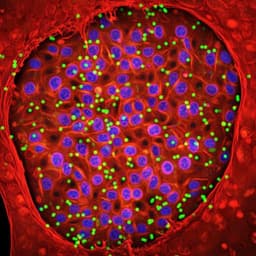
Medicine and Health
In vivo real-time positron emission particle tracking (PEPT) and single particle PET
J. Pellico, L. Vass, et al.
Discover how a team of researchers, including Juan Pellico and Laurence Vass, has pioneered the 3D tracking of single positron-emitting particles, overcoming significant challenges in biocompatibility and radiolabeling. This breakthrough could lead to real-time, whole-body assessments of hemodynamics using minimal radioactive doses.
~3 min • Beginner • English
Related Publications
Explore these studies to deepen your understanding of the subject.







